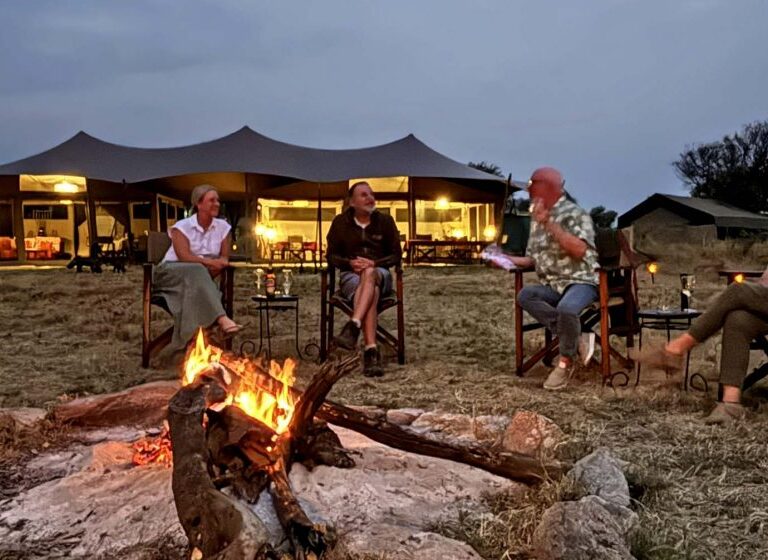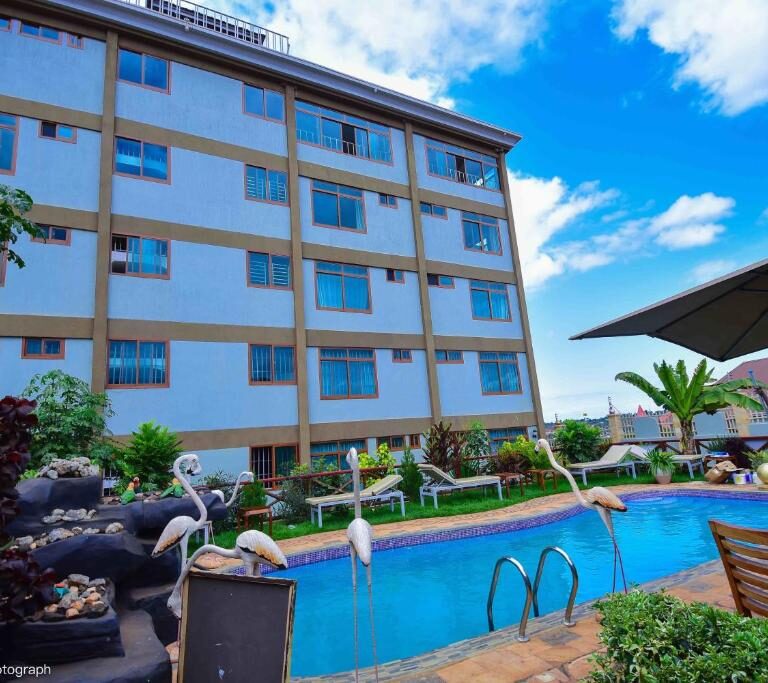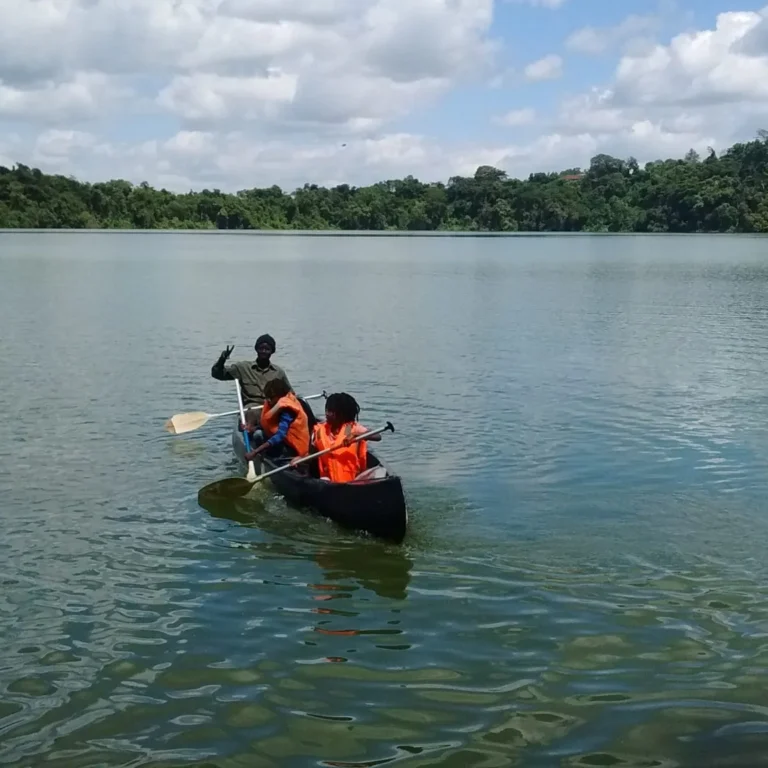Climbing Kilimanjaro in October. Weather, Crowds, Wildlife, Packing List.
Kilimanjaro, the “Roof of Africa,” stands tall at 19,341 feet, beckoning adventure seekers with its majestic beauty and challenging terrain. October presents a unique opportunity to scale this iconic peak, offering a blend of pleasant weather, stunning scenery, and exciting wildlife encounters. But before you lace up your boots, let’s delve into the details of what awaits you on an October Kilimanjaro climb.
Climbing Kilimanjaro in October Weather: A Balancing Act
October marks the beginning of the dry season in Tanzania, translating to generally clear skies, comfortable temperatures, and minimal rainfall. Days are pleasantly warm, averaging around 17°C (63°F), while nights dip to chilly but manageable temperatures between 7-13°C (45-55°F) at night. However, remember, you’re climbing a mountain! As you ascend, temperatures will plummet, and windchill can make it feel much colder. Be prepared for sub-zero conditions at higher altitudes. October is also a good month to climb Kilimanjaro. It is warmer higher up. October can have more cloud cover towards the end of the month, keeping the sun off you, but impeding mountain views.
Kilimanjaro in October: A Glimpse of Rain
While rainfall is uncommon in October, the “short rains” can arrive towards the month’s end. These are typically afternoon showers and shouldn’t significantly impact your climb. However, choosing earlier dates in October minimizes the chance of encountering any wet weather.
Crowds on Kilimanjaro in October
Crowds and Solitude: Finding Your Balance: October is peak season on Kilimanjaro, attracting climbers from worldwide. Popular routes like Machame and Marangu can get crowded, impacting the pace and serenity of your ascent. Consider the Lemosho or Northern Circuit routes for a more secluded experience, offering stunning landscapes and fewer fellow trekkers. Crowds on Kilimanjaro in October: Permits and regulations: Climbing Kilimanjaro requires a permit, which can be obtained through a licensed tour operator. Be sure to book your permit well in advance, as they can sell out quickly during peak season.
What should I pack for a Kilimanjaro climb in October?
Gearing Up for Adventure: Packing for Kilimanjaro requires careful consideration. Layering is key, with breathable base layers, insulating mid-layers, and a waterproof outer shell. Remember, temperatures fluctuate dramatically, so pack accordingly. Sturdy hiking boots, trekking poles, and warm headwear are essential. Don’t forget sun protection, sunglasses, and a good headlamp for summit night.
Kilimanjaro in October: A Wildlife Wonderland
Beyond the physical challenge, Kilimanjaro boasts a rich tapestry of wildlife. October is an excellent time to spot elephants, buffaloes, and various bird species in the lower regions. Keep your eyes peeled for colobus monkeys swinging through the rainforest and be awestruck by the sight of rare birds of prey soaring above the treeline.
Reaching the Summit: A Triumph Awaits
The final ascent to Uhuru Peak, the summit of Kilimanjaro, is demanding, both physically and mentally. However, the sense of accomplishment upon reaching the “Roof of Africa” is unparalleled. Witnessing the sunrise paint the vast landscape with golden hues and gazing upon the clouds below is an experience that will stay with you forever.
Remember: Climbing Kilimanjaro requires physical fitness, mental resilience, and proper preparation. Consult a doctor before embarking on this challenging journey, and choose a reputable operator to ensure a safe and enjoyable climb.
So, is October the right time for you to conquer Kilimanjaro? If you’re looking for pleasant weather, manageable crowds, and a chance to witness the mountain’s diverse wildlife, then October might be your perfect window to embark on this life-changing adventure. Just remember, the climb is more than reaching the summit; it’s a journey of self-discovery and a testament to your determination.
- Physical fitness: Climbing Kilimanjaro is a challenging trek, even for experienced hikers. It’s important to be in good physical condition and to start training well in advance of your climb.
- Acclimatization: The most important factor for a successful Kilimanjaro climb is proper acclimatization. This means slowly ascending to higher altitudes to allow your body to adjust to the thinner air. Most climbing routes take 7-9 days, with plenty of time for acclimatization.
- Costs: Climbing Kilimanjaro can be expensive, with costs ranging from $2,000 to $5,000 or more. This includes the cost of your permit, guide fees, food, accommodation, and transportation.
Additional tips for climbing Kilimanjaro in October:
- Book early: Accommodation and permits fill up quickly during peak season.
- Choose the right route: Consider your experience and preferences when selecting a route.
- Train adequately: Prepare your body for the physical demands of the climb.
- Acclimatize properly: Allow enough time to adjust to the altitude.
- Pack wisely: Bring only essential gear to avoid overloading your backpack.
- Respect the environment: Leave no trace and follow sustainable practices on the mountain.
Overall, climbing Kilimanjaro in October is a fantastic adventure. Just be sure to be prepared for the challenges and to book your trip well in advance.








